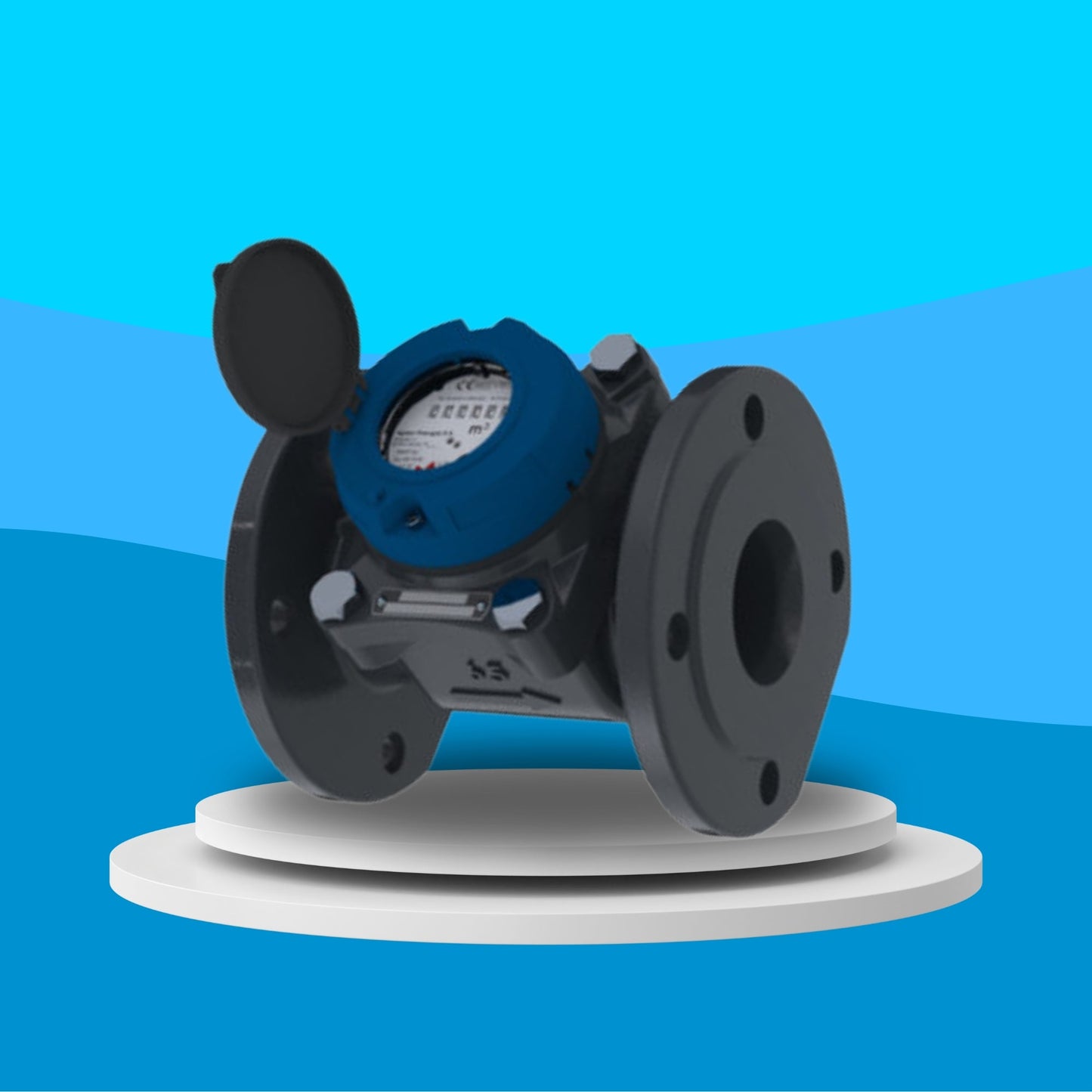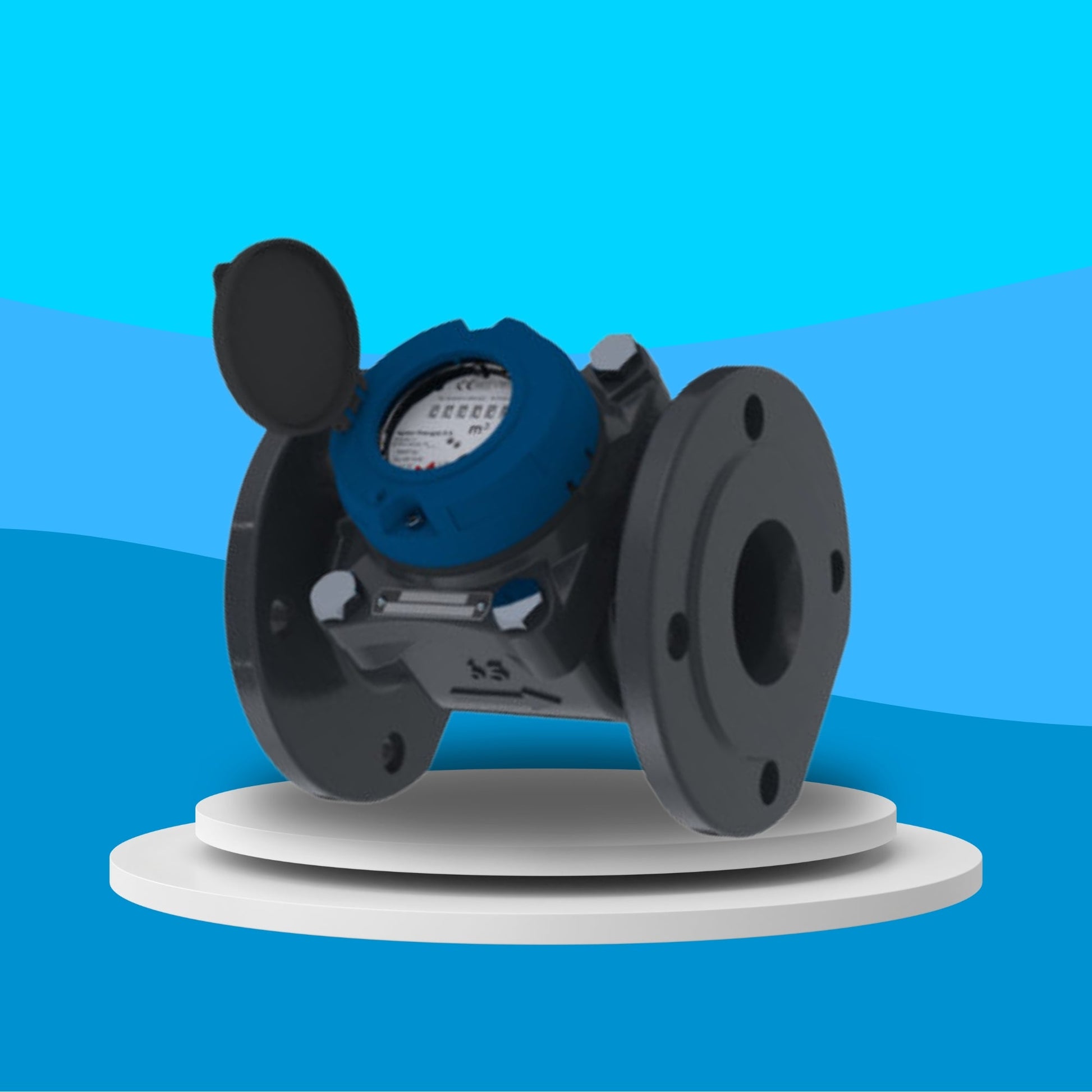Wras Valves
Wras Approved Flanged PN16 Water Meter (Dry Dial)
Wras Approved Flanged PN16 Water Meter (Dry Dial)
Couldn't load pickup availability
Dry Dial | Flanged PN16 Connections | WRAS Approved | Class C Accuracy
The WRAS Approved Flanged PN16 Water Meter (Dry Dial) is built for accurate, high-capacity water measurement in commercial, industrial, and municipal applications. With its PN16 flanged ends, this meter offers a secure, pressure-rated connection ideal for large pipelines and water distribution networks. Fully WRAS certified, it ensures compliance for use with potable water, making it suitable for installations where hygiene and reliability are critical.
The dry dial design keeps the register protected from water ingress by separating the measuring chamber from the dial using magnetic coupling. This ensures a clear, fog-free reading at all times—even in demanding environments or humid conditions. The Class C accuracy rating guarantees reliable data capture, particularly at low and fluctuating flow rates, making it ideal for usage monitoring, system balancing, and billing.
Manufactured for long-term durability and consistent performance, this flanged water meter is a trusted choice for high-flow applications, such as public water mains, treatment plants, and commercial facilities.
WV - WM02
Share

FAQ's
What is the difference between a valve and an actuator?
What types of actuators are available?
The main types of actuators are:
Pneumatic actuators – use compressed air for fast, reliable operation.
Electric actuators – use electrical power for precise control.
Hydraulic actuators – use fluid pressure for high-torque applications.
Each type offers unique advantages depending on the environment, media, and system control needs.
How do I choose the right actuator for my valve?
To select the correct actuator, consider:
Valve type and torque requirement
Power source available (air, electric, or hydraulic)
Operating environment (temperature, humidity, hazardous area)
Control signal type (on/off or modulating)
Matching actuator torque and compatibility with the valve’s ISO mounting ensures reliable performance.
What are the main types of valves used in automation?
The most common valves in automated systems include:
Ball valves – for tight shutoff and quick operation.
Butterfly valves – for larger flow control with compact design.
Globe valves – for precise throttling and flow regulation.
Check valves – to prevent backflow.
Gate valves – for full bore flow isolation.
What’s the difference between a double-acting and spring-return actuator?
Double-acting actuators use air (or power) to both open and close the valve.
Spring-return actuators use air to open (or close) the valve, and a built-in spring to automatically return it to a safe position when power or air is lost — ideal for fail-safe operation.
How often should valves and actuators be serviced?
Regular maintenance intervals depend on operating conditions, but a good rule of thumb is to inspect every 6–12 months.
This includes checking for leaks, lubrication, seal wear, and actuator responsiveness to prevent unexpected downtime.

